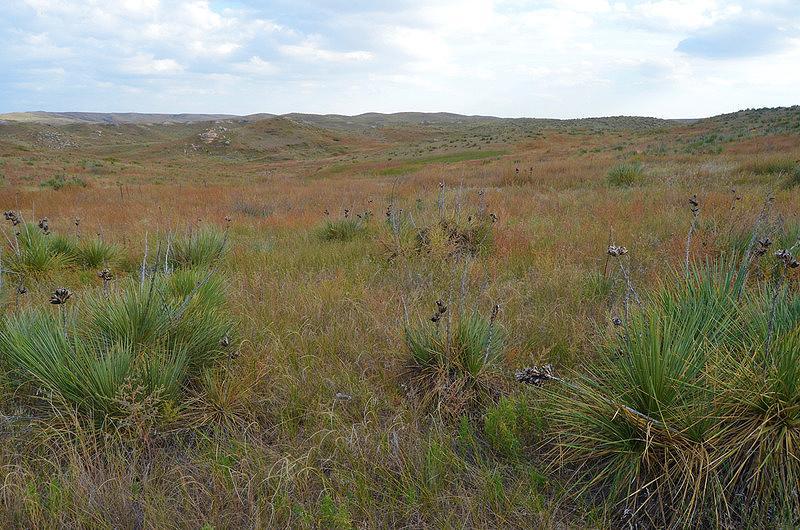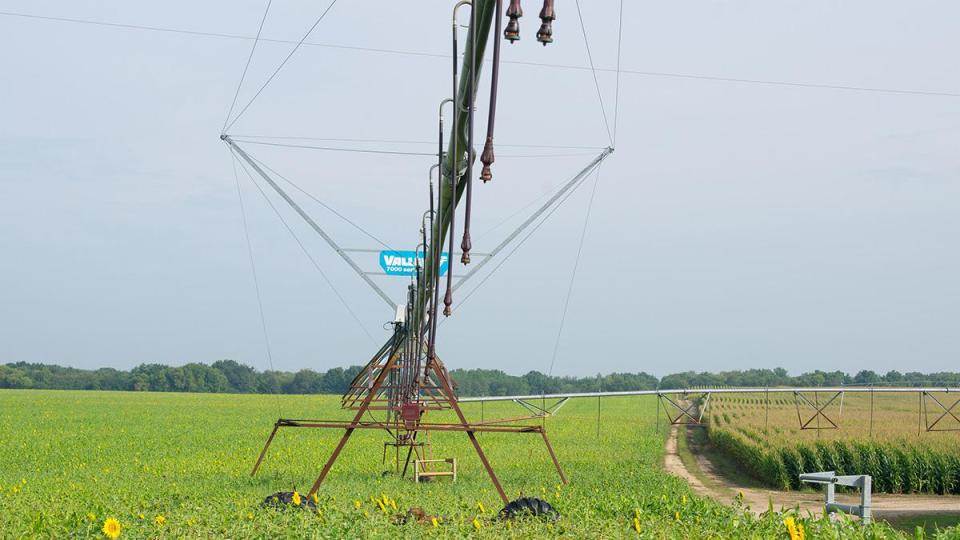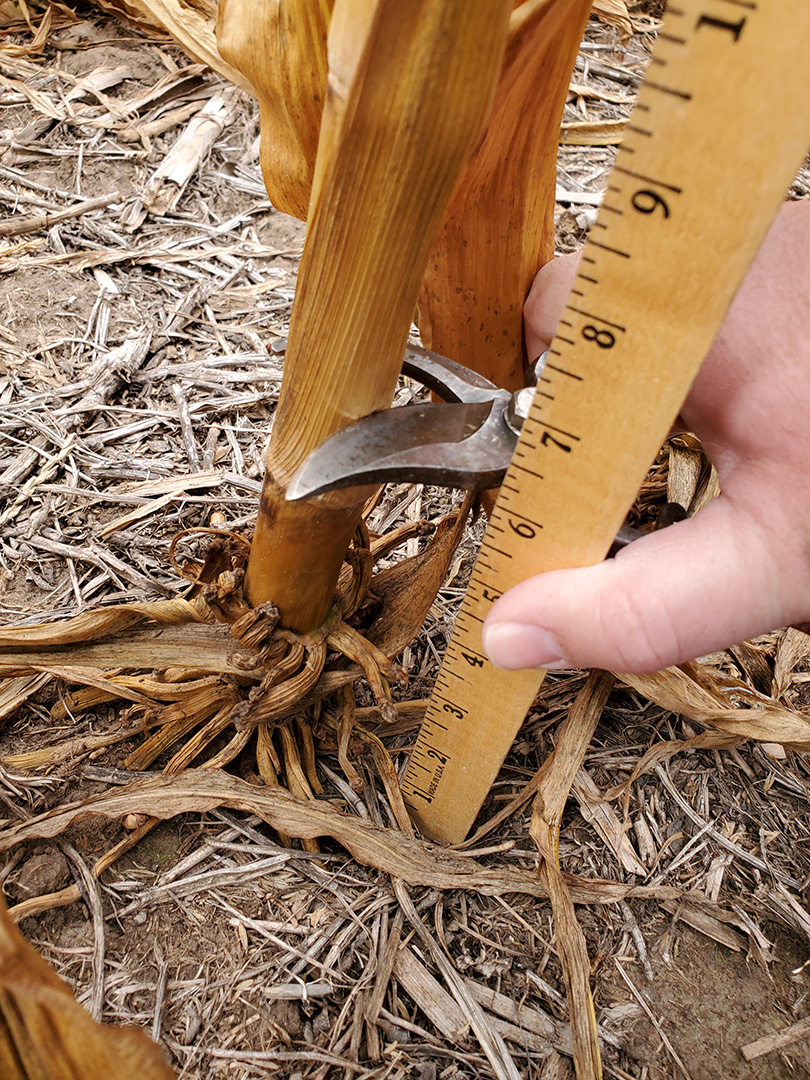Agricultural Production
Crop Production
Crop Management
Crop management hinges on the availability of water. For example, optimal plant populations will vary depending on the quantity of water available during the growing season.
Sign up for updates from UNL Water




